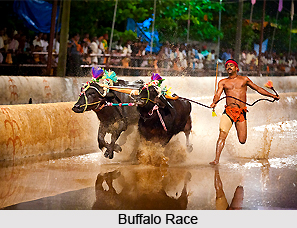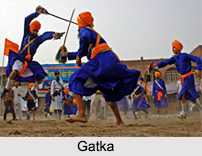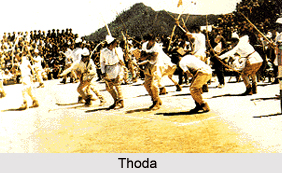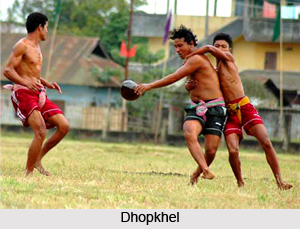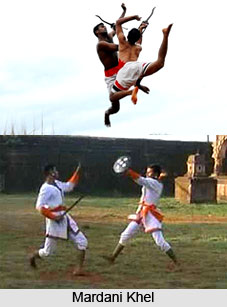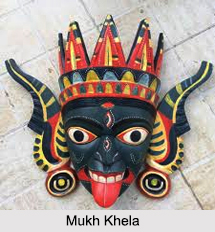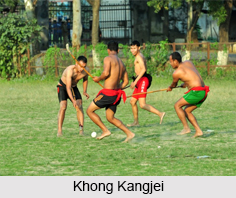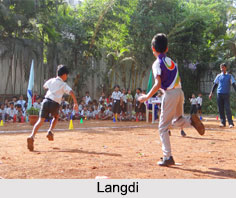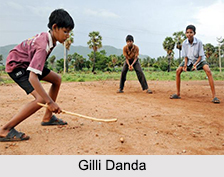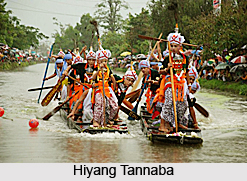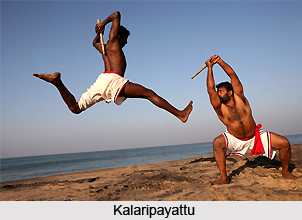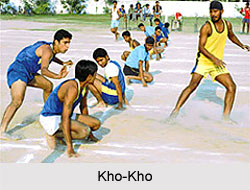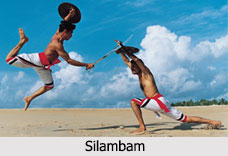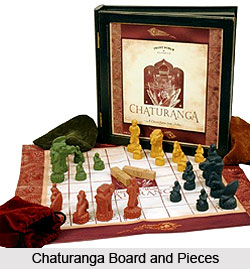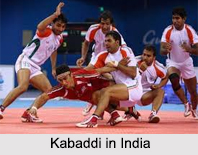History of Polo in India goes back a long way. The origin of polo game has been lost in the cloud of antiquity and history shows that the game was popularly known by the ancient Persian as `Chaughan` and dates back to as long as 2500 years. Chinese too claim for a rich polo tradition, which they must have picked up from Central Asia. From Central Asia the game moved to various parts of the world like Japan, Tibet, China and India. The game developed to endorse military and equestrian skills.
The Persians and later Mughals knew the game as `Chaughan` (meaning mallet). The Japanese called it `Da-Kya`, Russian as `Khis-Kouhou` and Turkish as `Djerid`. But the modern name of polo can be traced to Tibet, where it was called as `Pulu` which meant ball.
However, in India polo was widely played during the medieval times during the time of Qutubuddin Aibak, founder of the slave dynasty and builder of one of Delhi`s most famous landmarks, the Qutub Minar. But the major popularity of the game was reached during Babar`s reign, and Akbar, who himself was a great player, patronized the game to a large extent. He introduced a special uniform and set of rules for the game, and his vast polo stables can still be seen in Agra till date. Polo reached great heights during the Mughal rule and was the national sport of India until the end of 16th century. Polo in India received healthy support from various kings and princes of the Empire and in the courts of the Rajput kings.
With the decline of Mughal rule, the game of polo also went on a decline in India. It was unsettling times for the game of polo and literally vanished from the Indian scene. But for all lovers, luckily, the game survived in some of the country like Gilgit, Ladakh and Manipur. It can well be said that survival of the game can be credited to the remote north east state of Manipur.
Cradle of Polo in India
India has correctly been known as the hub of modern Polo. While the Americans can take the credit of growth of the game, but it was in India that polo was discovered and nurtured.
Shortly after the Revolt of 1857, Joseph Sherer, a subaltern in the Indian National Army, was posted to Assam`s Cachar district as Commandant of the Kuki Levy and Assistant Superintendent of the district. He was the first person who came across the game being played by strong and powerful tribes of Manipur at Silchar.
In Manipur polo was played with tremendous enthusiasm in most villages. Amazingly enough, polo was detected as a game of the masses, as opposed to being a game limited to a chosen few. In the mountain regions of the North West, where the game had successfully remained in places like Gilgit, Chitral, Baltistan and Ladakh, polo was still played in its innovative uninhibited form. There are new rules laid out for the numbers of players and ponies to be used in a game. As there was shortage of proper grounds, so in most cases the main streets of the villages were used. However, in Manipur, the grounds that were used had even surfaces and modern polo stick was used. Legs of players were protected by rigid leather guards attached to the girths and saddles.
The Raja of Manipur when heard of Sherers` desire to adopt the game, he drew Sherers attention to the fact that the Manipuris had been playing the game for more than two thousand years. They called their game by two names - `Kanjai-bazee`, and `Pulu`. It was the anglicised form of the latter, referring to the wooden ball which was used, that was adopted by the sport in its slow spread to the west.
Sherer, at Silchar, experienced his earliest taste of the mounted game along with the District Superintendent, Captain Robert Stewart and like a sober British, proposed that they form a club. Thus in 1859, Sherer - dubbed the father of English Polo - Stewart and seven tea planters set up the first club of the modern game, the Silchar Polo Club. The other members of the founding team of the club in that far-flung outpost of the Empire were James Davidson, Ernst Echardt, James Abernethy, Arthur Brownlow, Julius Sandeman, A. Stuart and W. Walker. Regular polo was played with seven - to- a - side between the club and the local Manipuris mounted on small Manipuri horses. In 1863, rules were cleverly devised to properly control the game. A couple of years passed and the British realized that what was transpiring in somewhat remote, far-flung district were not healthy for the future of the game. And it needed to get more exposure. Hence, in 1861, Captain Eustace Hill took the polo game to Bangladesh and CB Stewart and a few Kolkata merchants introduced it to their own respective cities.
During the Christmas Race week in Kolkata, in 1862, the game of polo was played in public for the first time. Joseph Sherer visited Kolkata in 1863, and once again was instrumental in setting up a club - the Calcutta Polo Club - which holds the proud title of being the oldest Polo club in the world still in existence.
By 1865 the game had taken root in eastern part of India, especially in Bengal and by 1870 had spread throughout British India where it was at once taken up by army officers and civil officials, all of whom kept ponies both as a normal means of transport and for taking exercise.
